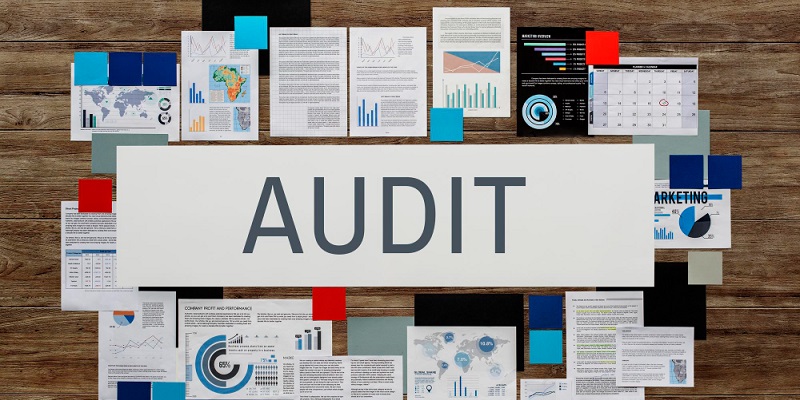The internet is constantly evolving, and so is the content on it. It is no surprise that businesses, bloggers, and organizations are always looking to update their content. A content audit is a vital step towards achieving that goal. However, it can be an intimidating process. In this article, we will discuss some strategies and tips that will help you conduct a successful content audit.
The Intimidation Factor: Being the Mastermind Behind a Content Audit
A content audit is a massive task that requires careful attention to detail. The process can be overwhelming for content creators, which is why it is understandable to feel intimidated. There’s a lot at stake when a content audit is conducted. You need to ensure that the audit will lead to an improvement in future content and the revamping of existing content.
Customizing Your Content Audit: Making It Work for You
One size does not fit all when it comes to content audits. Every audit is unique, and it is essential to customize the process to fit your specific needs. Create an audit process that will work for you and your team. Take the time to brainstorm and decide on the criteria against which you want to audit your content. Doing this will make the process smoother and more efficient.
The Importance of Setting Clear Criteria for Good Content
One of the most critical steps to take before a content audit is to define your criteria for good content. Your role should be to decide what kind of content can be carried over to the new website and help your team decide what criteria make for good content. The clearer your criteria, the easier it is to conduct a successful content audit.
Overcoming the Blank Page: Starting with a Master List of Questions
It can be challenging to think of audit criteria, especially when faced with a blank page. It is best to go in with a master list of questions and narrow it down from there. These questions can include: What is the audience for the content? Is the content still relevant? Is the content easily accessible? By having a list of questions to work from, you’ll be able to streamline the audit process.
Meeting with Clients: Setting Clear Criteria for Good Content
Meeting with clients is an essential step in conducting any content audit. It is crucial to get feedback from stakeholders and involve them in the process. When you meet with clients, set clear criteria for good content. You can answer questions like “what do you want your content to achieve?” and “what metrics will you use to evaluate content effectiveness?”
Making Sense of the Audit: Ensuring Clients Understand the Purpose and Benefits
Your clients need to understand the purpose and benefits of conducting a content audit. It is crucial to explain the process in clear and simple terms. Your content audit will be of no use to them if they cannot understand what it is or what it is for. Ensure that you explain how the audit will lead to improved content and better online visibility.
The Impact of a Good Content Audit: Improving Future Content and Revising Existing Content
The primary objective of a content audit is to assess the effectiveness of existing content and provide insights that can lead to better content creation in the future. By being armed with a list of audit criteria, this project can have a positive impact on future content as well as improve what is already there.
Time Constraints: Being Aware of the Project Timeline
Undertaking a content audit can be time-consuming, and it is vital to set realistic expectations. It’s crucial to be aware of the time constraints you might be under in the coming weeks. You’ll need to allocate enough time for the audit process, analyze the results, and implement changes.
Structuring Your Time: Managing an Effective Content Audit
When conducting a content audit, managing your time effectively is essential. Creating a timeline or schedule for the process helps ensure that the project stays on track. If anyone has any advice on how to structure their time when working on an audit, it would be great to hear their insights.
A content audit can be a daunting task, but by following the right strategies, it can be a success. It is essential to customize the process, set clear criteria for good content, and involve clients in the process. By doing so, you will ensure that the content audit process leads to improved content in the future and reform of existing content. Don’t be intimidated. Embrace the process, and you will enjoy its benefits.

